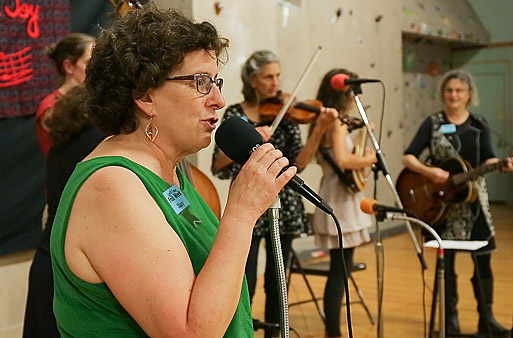CONTRA
What Is Contra Dance?
You know how they dance in those Jane Austen movies? Yep, that was contra dance 300 years ago. We’ve speeded things up a bit since then. Contra dance was America’s original social dance. Then it was called English Country dance, it went to France, and emerged as Contre Danse, hence the current name.
It disappeared everywhere else but it survived, like an underground stream, in New England where it was revived by some enterprising dance leaders in the mid twentieth century. Then came the 1960s and the back-to-the-land hippies, and they loved it, along with folk singing, Birkenstocks and crunchy granola. It spread rapidly throughout the country because it was fun and flirtatious and communal, reflecting the times.

Live music is integral to the tradition. Before around 1970, when contra dancing was found only in New England, it was danced primarily to traditional New England style music, which meant jigs and reels from the British, Irish and French Canadian traditions. In the South and in the Midwest, most dancing is done to more southern, old-timey fiddle music. The West Coast is home to healthy examples of both traditions. No matter the musical style, the choreography and the music work together to create a satisfying connection with the band and with each other.

In a nod to the egalitarian, communal roots of revival contra, dancing is open to all regardless of skill. All dances are taught beforehand in a walkthrough, and the caller prompts the moves through the course of each dance, which lasts about 10-12 minutes. You don’t need to come with a partner and, in fact, one is expected to change partners throughout the evening. Because you move up and down the line, you eventually end up dancing with everyone in the hall.
There are contra dances in nearly every urban area of the country and in rural areas of the Northeast, the Midwest and the West Coast. CDSS has nearly 300 affiliate groups that are engaged in producing some form of social or ritual dance event. The pandemic has scrambled the dance landscape and as of early 2022 they are only now starting to return, with abundant precautions.
Your local dance is just a Google search away. One good site to start with is trycontra.com.
“And those who were seen dancing were thought to be insane by those who could not hear the music.”
— Nietzsche
